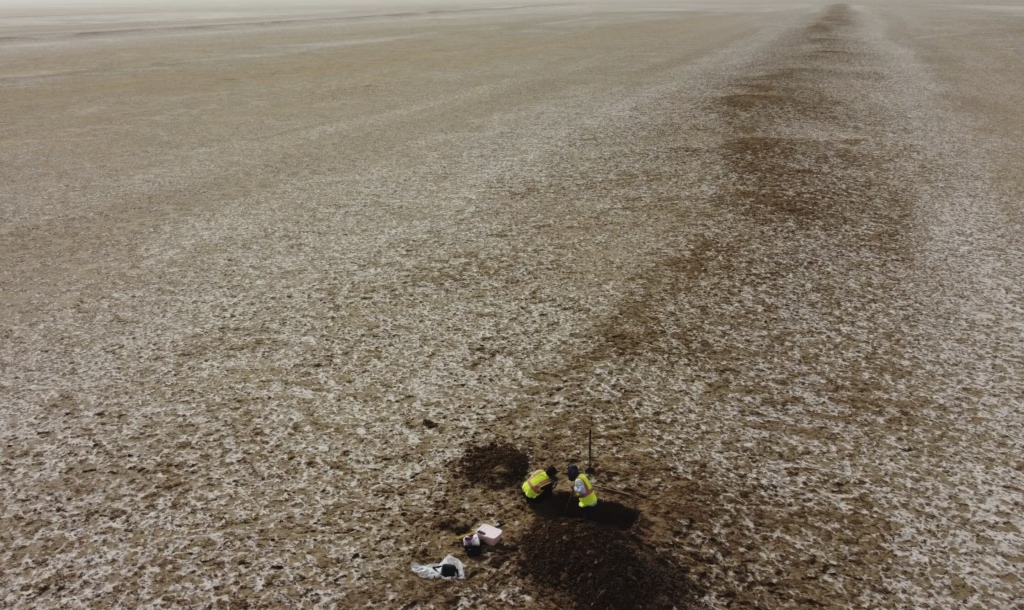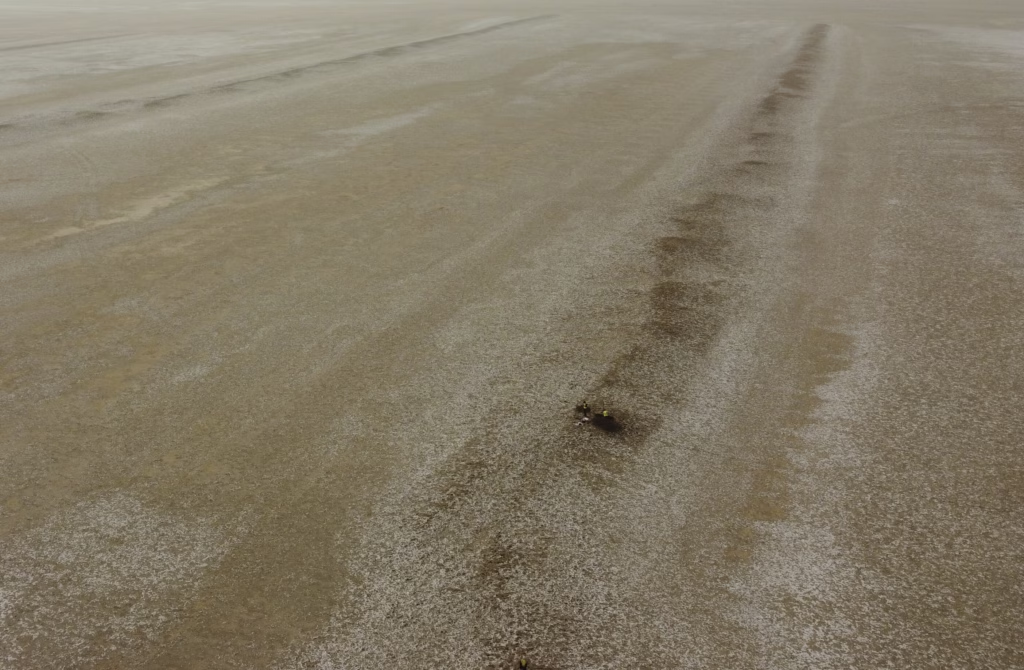Thousands of man-made ridges and canals stretching across the floodplain of the Shatt al-Arab in southern Iraq have revealed evidence of a vast agricultural infrastructure built largely through slave labor during the 9th century. An international team of archaeologists has uncovered new proof supporting this long-standing theory.
Using radiocarbon and optically stimulated luminescence dating techniques, the researchers dated some of these massive earthworks to between the late 9th century and the mid-13th century. This timeframe includes the period of the famous Zanj Rebellion, which began in 869 CE, indicating that the use of enslaved labor in agriculture persisted for several centuries.
The Zanj were enslaved people primarily of East African origin, a term derived from medieval Arabic referring to the Swahili coast. In 869 CE, they launched a major uprising against the Abbasid Caliphate in southern Iraq, an event that lasted more than a decade until the Abbasids regained control in 883 CE.

Many descendants of the Zanj now live in the southern Iraqi port city of Basra. Professor Jaafar Jotheri, an archaeologist at Al-Qadisiyah University in Iraq and a member of the research team, emphasized the cultural significance of these structures: “While they are part of modern Iraq’s fabric, much of this history has been poorly documented. Preserving these enormous earthworks is essential as they represent a minority heritage.”
The team combined 1960s aerial photographs with recent satellite images to map over 7,000 large ridges and canals. Their findings, published in the journal Antiquity, highlight the immense human effort invested in creating this irrigation network.
This discovery comes at a time when archaeology in Iraq is experiencing a revival after decades of conflict and looting, bringing renewed focus to the country’s rich historical landscape.

Ultimately, the ancient irrigation system sheds light on the critical role enslaved Zanj labor played in shaping southern Iraq’s agricultural economy and enriches our understanding of the region’s complex history.
Cover Photo: Basra, Iraq – January 28, 2022: Archaeologists continue their work on extensive earthworks believed to have been built using slave labor. Research reveals that construction of these structures spanned several centuries. Photo credit: AP / Jaafar Jotheri
Peter J. Brown et al, The landscape of the Zanj Rebellion? Dating the remains of a large-scale agricultural system in southern Iraq, Antiquity (2025). DOI: 10.15184/aqy.2025.72





